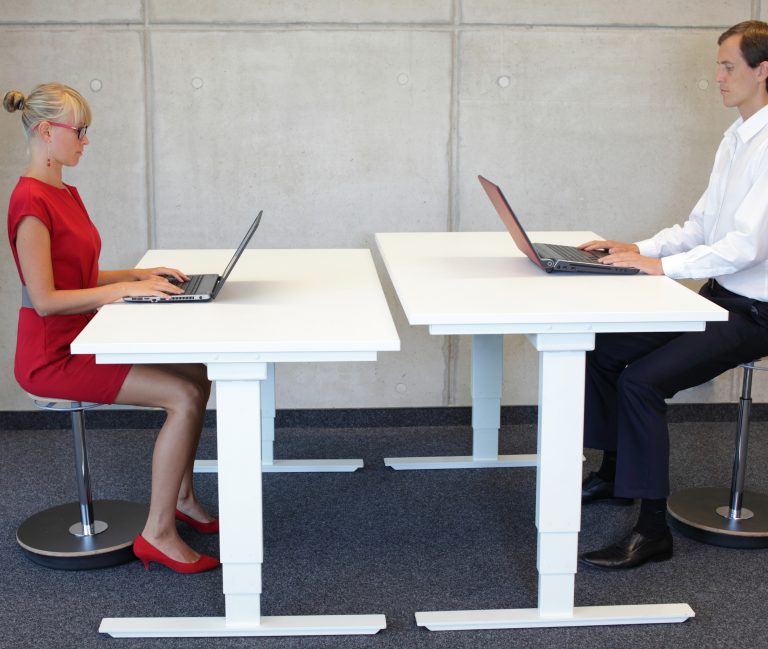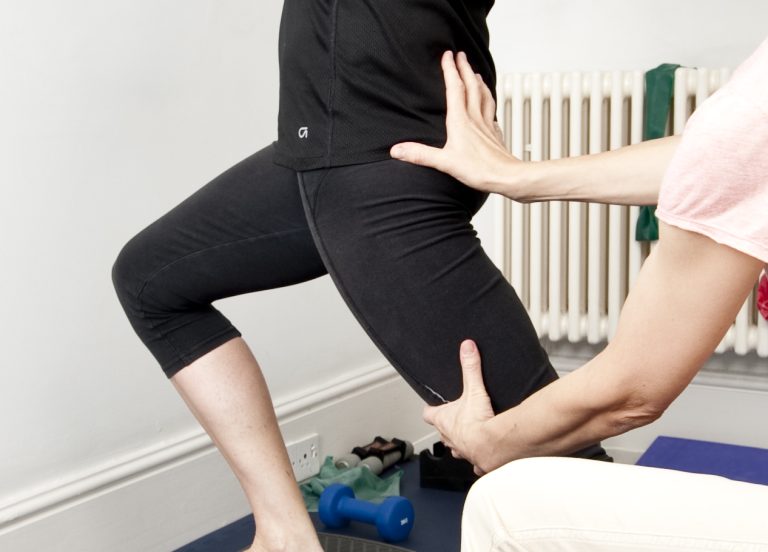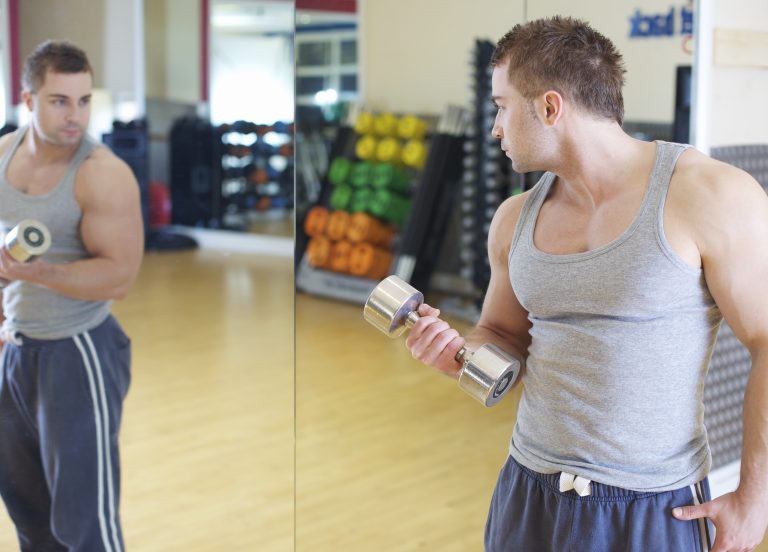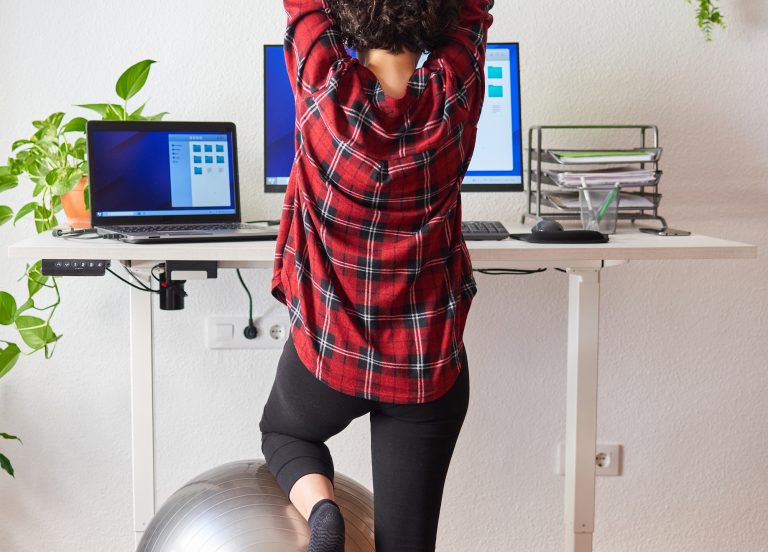Are you sitting comfortably: the myth of good posture
That’s the Guardian’s (5/3/18) headline – not mine – for an article in which two well regarded physical therapists and researchers explain why it doesn’t matter how we sit, or what posture we assume because there is no evidence to support an association between sitting and back or neck pain.
Slouch on: bad posture not bad for your back (https://twitter.com/RadioNational)
This was the heading of a radio interview posted on Twitter featuring another two physiotherapists and researchers from Western Australia, in December 2016.
Confused by this message? You should be! It was not so long ago that we were being told that sitting was the new smoking (and maybe it still is, because sitting may well have health implications well beyond back and neck pain). I agree with a lot of what these researchers say but I worry that sometimes these, dare I say it headline grabbing statements, are sending out a message that is too simplistic.
This is a bit of a long post, so go to the last three paragraphs if you want to cut to the chase. Read on if you want a better understanding of why we are getting mixed messages about sitting.
I took a look at the paper behind the Twitter headline. To cut a long research paper short, the researchers looked at participants’ normal sitting posture and took lots of measurements relating to it – that bit is fine – then had them respond to a questionnaire that asked them a whole range of psycho -social questions – how stressed are you? how much sleep do you get? as well as how many hours are you on the computer per week? playing games on the computer per week? exercise? They also got a raft of questions about neck pain: do they/have they suffered neck pain? what duration? is it worse when you sit? etc.
I often feel like I need to go back to college and do a research module in order to be confident about critiquing a research paper, but not in this case. I reckon my seven-year-old daughter would see one problem with this research in no time. The radio presenter is straight onto it: the study was done on 17 year olds!
The researcher’s response to this is that in another study he has done, one in five seventeen year olds suffered neck or back pain. I haven’t looked at the latter paper yet, but again, it doesn’t ring true in my experience – though I accept there may be many reasons why I don’t see these patients. I will be take a look at the paper and report back. Don’t get me wrong – interviewee Peter O’Sullivan is a good guy and says a lot of good things in the radio interview above.
I looked at a 2010 systematic review of the association between sitting and low back pain. It forms part of the limited body of evidence that fails to show an association between LBP and sitting. Of the five papers with data of good enough quality to include in the study, only three were prospective studies.
A prospective study is the ideal for answering this kind of question (note the paper discussed above was not prospective). You start with a group of healthy participants and you follow them for a number of years – the more the better – during which time they report on a variety of variables, including some very specific to sitting. You’d want to know about the nature of the sitting – desktop computer, laptop, duration of time over the week, number of hours without a break and so on and so on, as well as all the psycho- social factors and other bio factors – exercise, other tasks. And of course you’d want them to report on pain.
But one of the prospective studies was of construction workers – I’m sure I don’t need to explain further (they didn’t do much sitting). One was on newly employed workers (same problem as the 17 year olds, and it was only a two year study). The third was on nurses, which would seem to have more validity but it was only for a 12 month study and was from 2004 (not in itself a problem except for the point that I’m coming to re laptops).
My point here is that when experts say there is no evidence to support a hypothesis – in this case “slouched sitting causes low back (or neck) pain” – we need to be sure that the research to which they are referring is rigorous enough. In my opinion the results thrown up by the current body of research are questionable. We just don’t have sufficient evidence yet to say conclusively that how we sit and for how long is unimportant to back and neck pain.
A great litmus test in these situations is to apply common sense. Imagine you were made to crouch in a room with a low ceiling for a few hours. Do you think your neck or back might start aching? Similarly, if you sit at a laptop – which often combines a degree of slouch with looking down – for eight hours a day (doesn’t count if you separate the screen and keyboard) I’d predict that the odds of your suffering back or neck pain would go up. Whether you do or not would depend on a whole lot of other factors.
Once again, biomechanics – the study of forces (like gravity) on living organisms (us) matters. Don’t worry too much about how you sit, but be sure to fidget and take breaks from sitting. The body has an amazing ability to compensate, but there is a threshold at which the body’s natural reserve will be used up. Sitting staring into a laptop for eight hours a day, five days a week, perhaps combined with some other biomechanical or psycho-social factors could easily push you past that threshold.
I’ve not moved from my computer for two hours and my back hurts – seriously!
(Image: still from Being John Malkovich)






